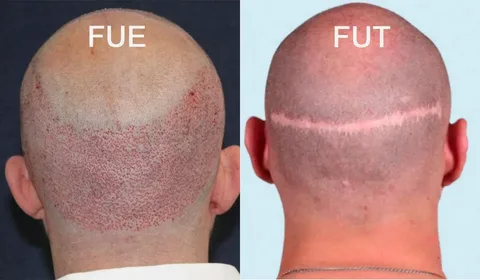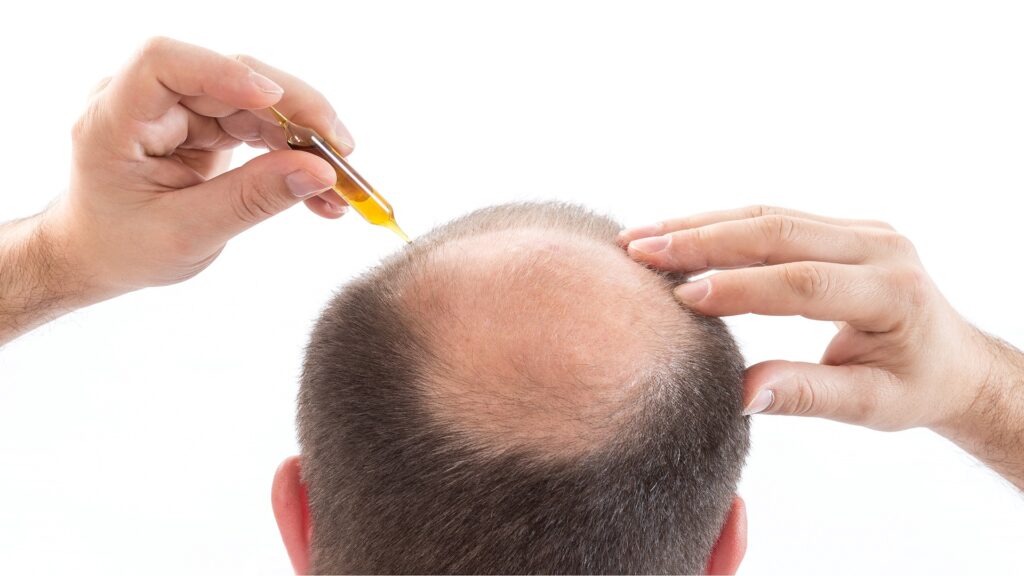Considering a hair transplant? Many people search for the best hair transplant to restore their hairline and boost their self-confidence.
This guide walks you through the procedure, recovery timelines, and expert-backed care tips. You’ll discover how to avoid common mistakes—like sweating too soon—and ensure long-lasting, natural results.
Whether you’re planning your first transplant or are curious about recovery, this article will give you trusted insights from experienced professionals.
Understanding Hair Transplant Procedures
What is a Hair Transplant?
A hair transplant is a surgical procedure that involves moving hair follicles from one part of the scalp (donor site) to another (recipient site) to treat baldness or thinning hair.
It’s commonly used to restore a natural-looking hairline and density.
Modern hair transplants have come a long way since the “plug” look of the past. Today’s techniques offer far more precision and aesthetic results.
Types of Hair Transplant Techniques
FUT (Follicular Unit Transplantation)
- A strip of scalp is removed from the donor area.
- Hair follicles are extracted and implanted individually.
- Pros: Cost-effective, good for large areas.
- Cons: Linear scar, longer recovery.
FUE (Follicular Unit Extraction)
- Individual follicles are extracted directly from the scalp.
- No stitches or linear scars.
- Pros: Less invasive, quicker recovery.
- Cons: Time-consuming, slightly more expensive.
Robotic and AI-Assisted Transplants
Some clinics now offer robotic-assisted FUE using AI to enhance precision and graft survival rates. These innovations aim to reduce human error and speed up the procedure.

Why is Sweating Bad After a Hair Transplant?
Sweating may seem harmless, but after a hair transplant, it can disrupt your healing.
Impact of Sweat on Healing
- Infection Risk: Sweat can introduce bacteria into healing wounds.
- Graft Displacement: Excessive sweating may loosen or dislodge newly implanted follicles.
- Inflammation: Heat and sweat can cause scalp irritation.
Activities That Induce Sweating
- High-intensity workouts
- Hot weather or direct sun exposure
- Saunas, steam rooms, or hot showers
Pro Tip: Wear a breathable cap and avoid humid environments in the first few weeks.
How Long Should I Avoid Sweating?
Understanding when it’s safe to sweat again is crucial to a smooth recovery.
Immediate Post-Operative Period (Days 1–7)
- Zero sweating is recommended.
- The scalp is extremely vulnerable.
- Avoid even light activity or warm environments.
Short-Term Recovery (Weeks 2–4)
- Light activities like walking may be resumed.
- Monitor your scalp for redness, swelling, or itching.
- Still avoid gyms, cardio workouts, or sunbathing.
Long-Term Considerations (After 1 Month)
- Most patients can resume normal sweating and full workouts.
- Healing is generally complete, but follow your surgeon’s advice.

Safe Recovery Timeline and Precautions
Day-by-Day Recovery Guide
- Days 1–3: Rest, no touching scalp.
- Days 4–7: Gentle saline sprays, avoid hats unless advised.
- Day 8–14: Scabs begin to fall off naturally.
- Week 3–4: Mild shedding is normal—called “shock loss.”
Do’s and Don’ts Post-Transplant
Do:
- Sleep with your head elevated.
- Follow prescribed medications.
- Keep your scalp clean with mild products.
Don’t:
- Touch or scratch your scalp.
- Use styling products early on.
- Skip follow-up appointments.
Signs of Complications
- Persistent redness or swelling after 2 weeks
- Pus, pain, or foul odor
- No signs of hair growth after 3 months
When Can I Exercise Again?
Light Activities
- Start gentle walking after 7–10 days.
- Avoid anything that raises your heart rate significantly.
Moderate to Intense Workouts
- Wait 3–4 weeks before resuming running, cycling, or gym sessions.
- High-impact sports like boxing or football should be postponed for 6–8 weeks.
Personalized Recommendations
Factors like your scalp sensitivity, the technique used (FUE vs FUT), and your body’s healing rate can all impact your timeline. Always follow your surgeon’s personalized advice.
Expert Recovery Tips
Insights from Leading Surgeons
“Avoid sweating for at least three weeks post-transplant. This one habit can greatly impact graft survival.”
— Dr. Rana Irfan, Hair Transplant Specialist, Islamabad
Patient Testimonials
“I started walking again after 10 days, and by the fourth week, I was back to jogging. Patience pays off!”
— Zeeshan A., 34, FUE Patient
Recommended Products
- Shampoos: Sulfate-free, mild cleansers like baby shampoo.
- Supplements: Biotin, Zinc, and Vitamin D (consult your doctor).
- Sprays: Sterile saline or doctor-prescribed antiseptics.

Frequently Asked Questions (FAQs)
How long does a hair transplant procedure take?
Most procedures last between 4 to 8 hours, depending on the number of grafts.
Is the procedure painful?
Local anesthesia minimizes pain during surgery. Mild discomfort may occur afterward.
When will I see full results?
Expect visible improvement in 4–6 months. Final results typically show after 9–12 months.
Are there any risks or side effects?
Minor swelling, itching, and temporary shedding are common. Severe risks are rare with proper care.
How do I choose the right clinic?
Look for board-certified surgeons, before-and-after photos, and patient reviews. Visit clinics that offer personalized consultations.
Schedule Your Appointment Today
Don’t wait to transform your look.
Book a consultation with Dr. Rana Irfan in Islamabad today to ensure a smooth and successful recovery after your hair transplant.
